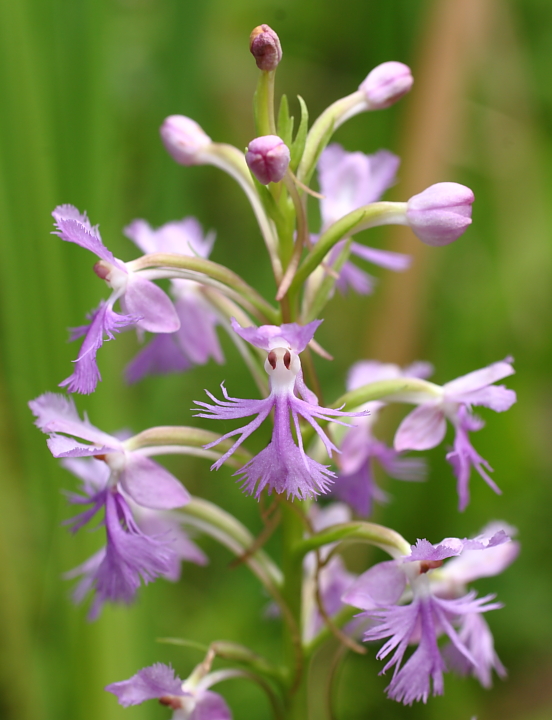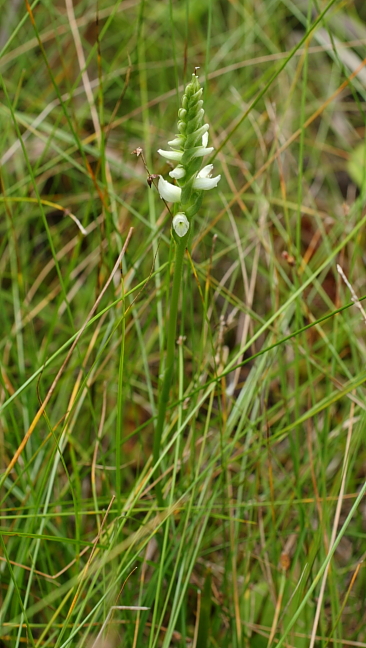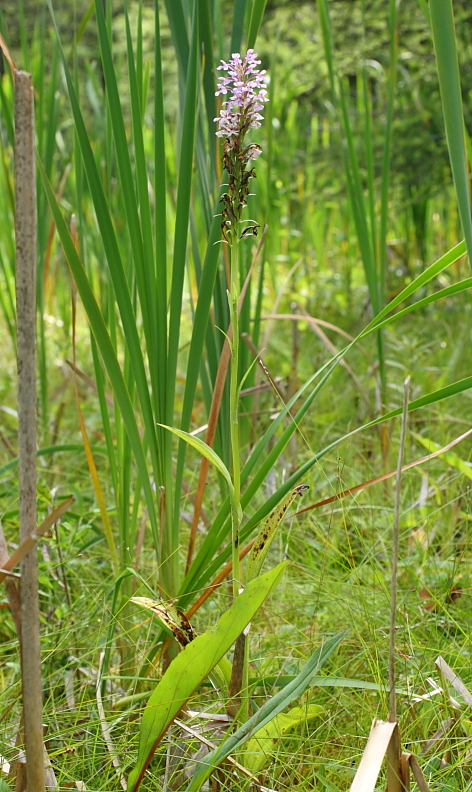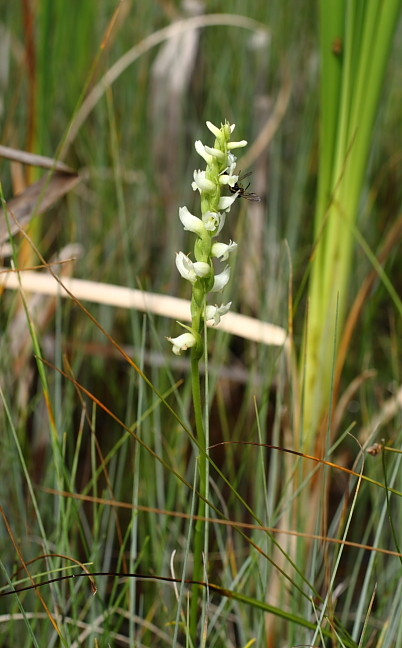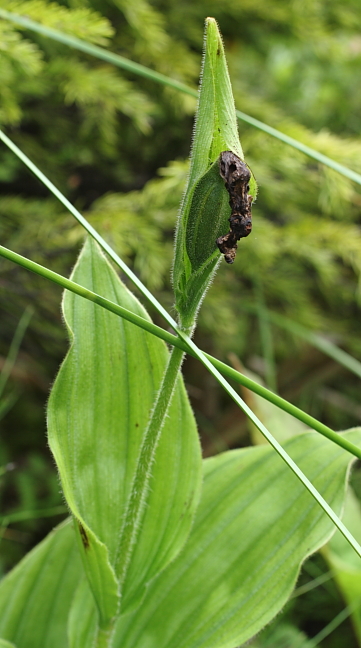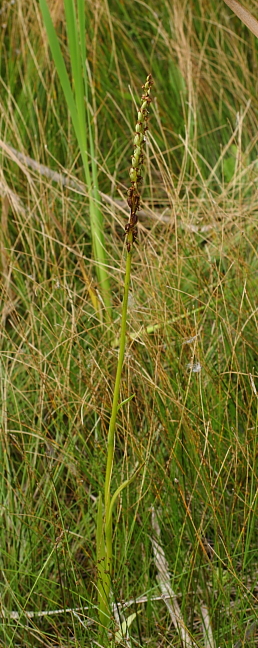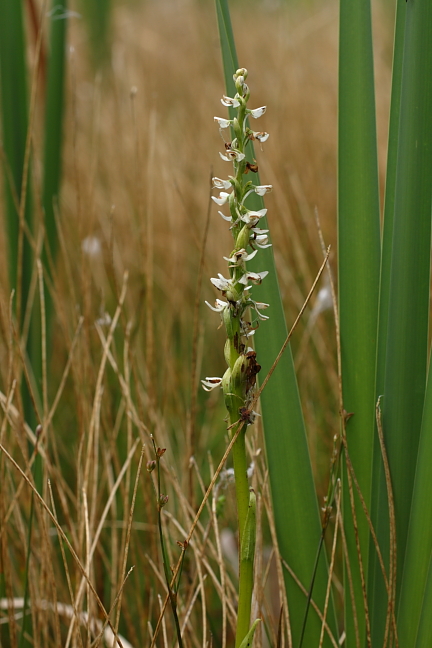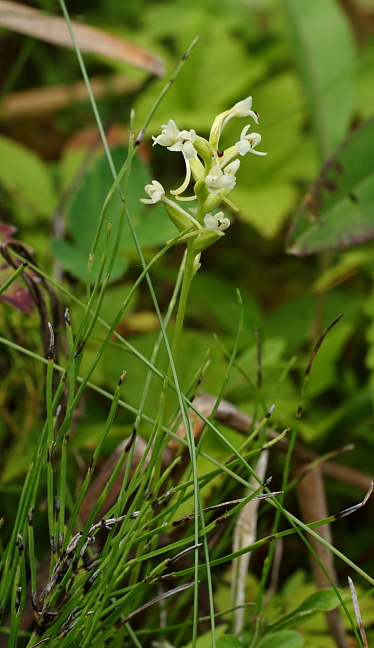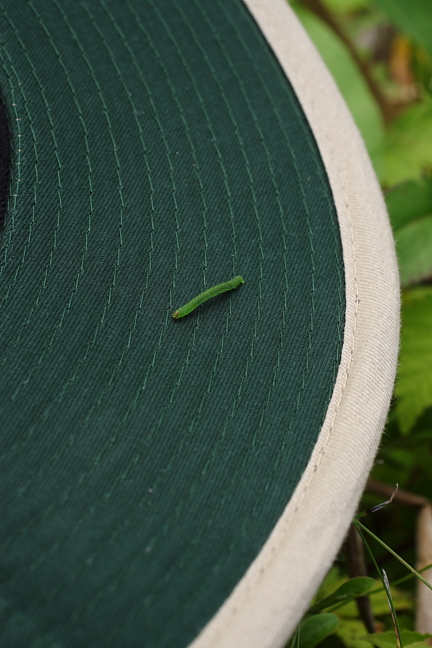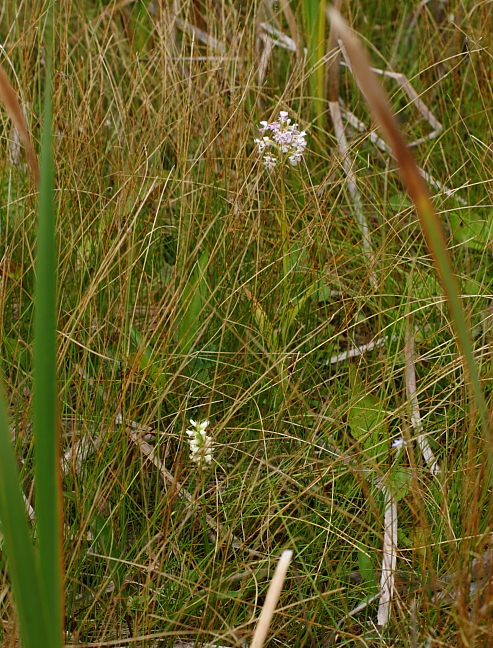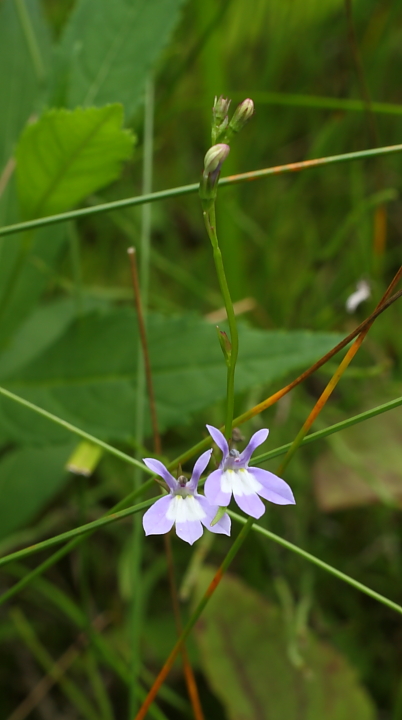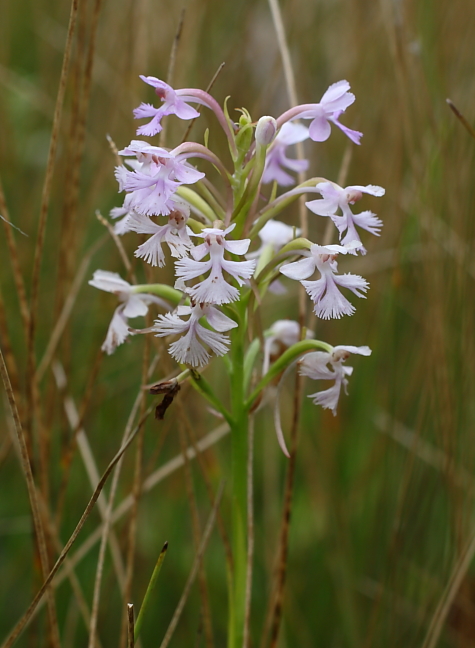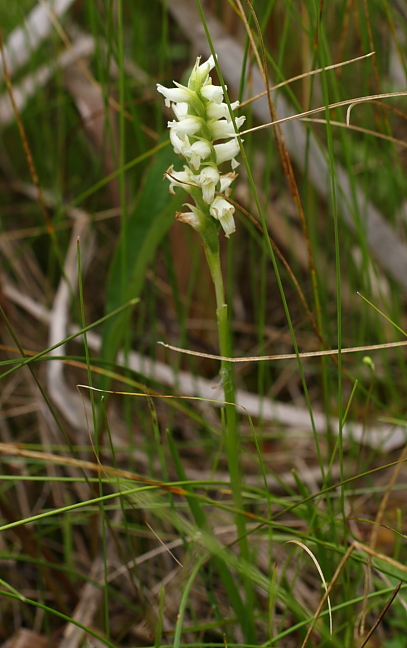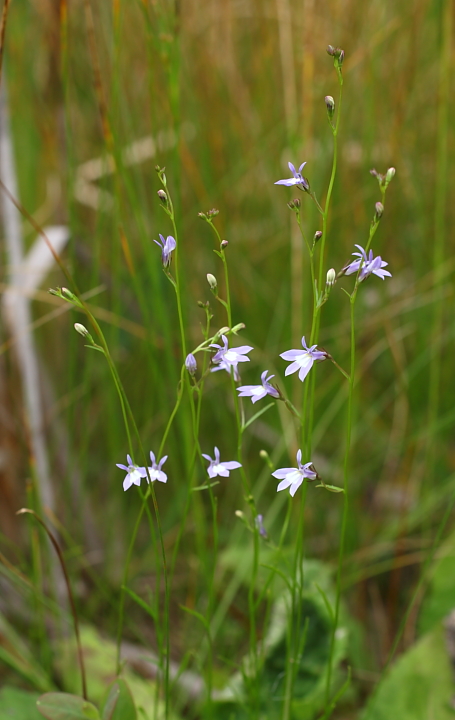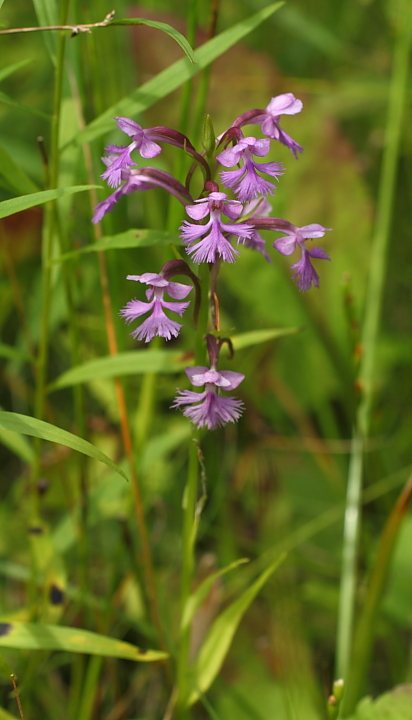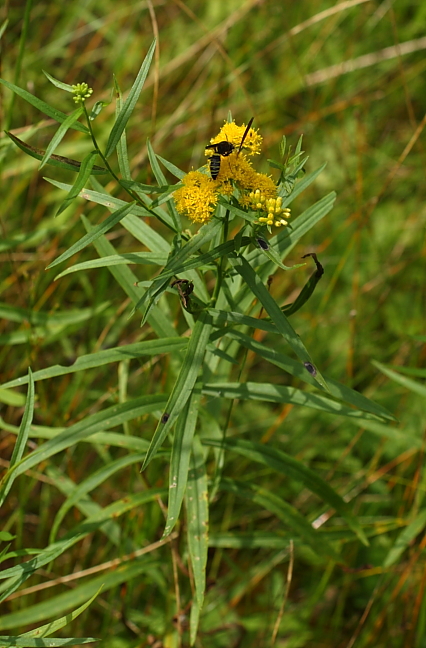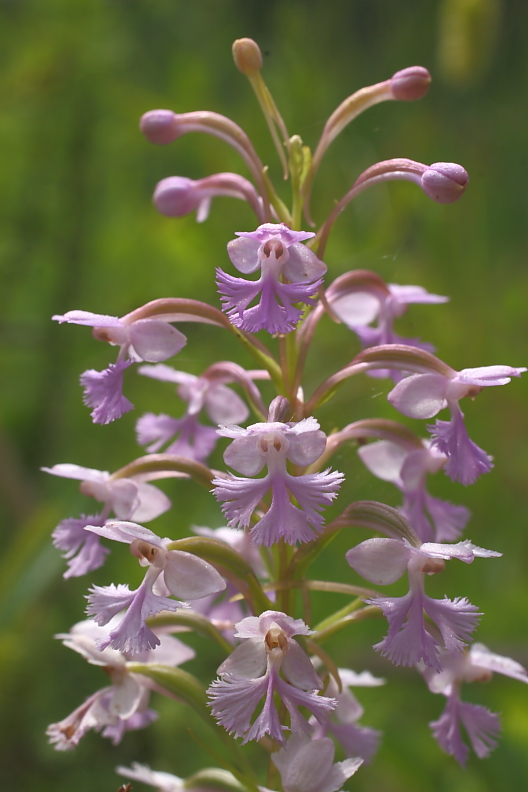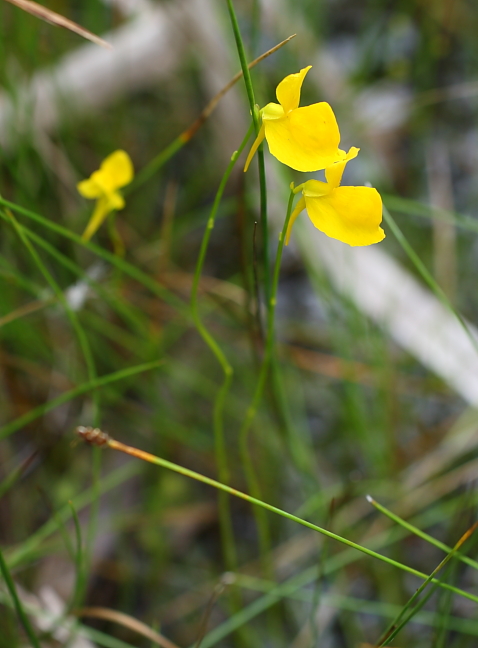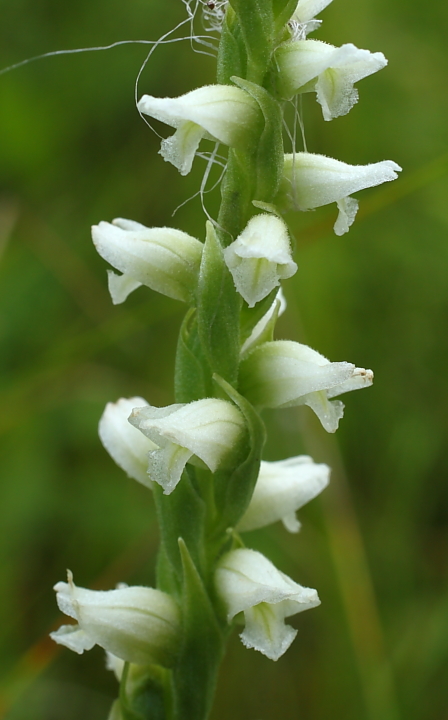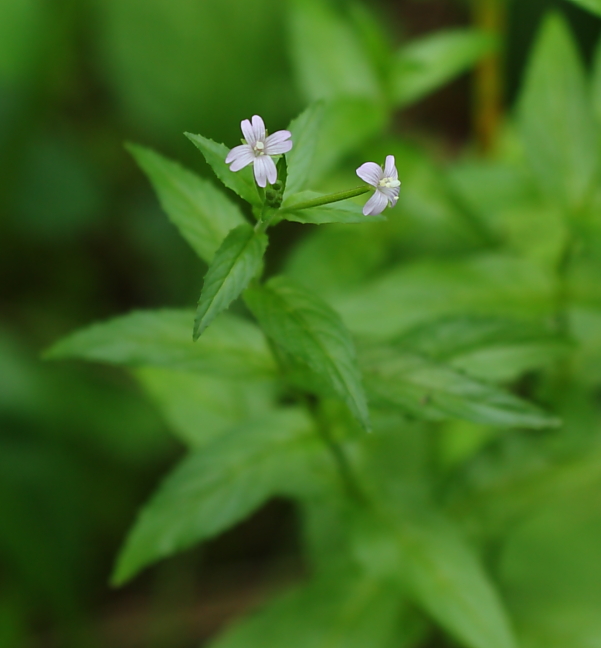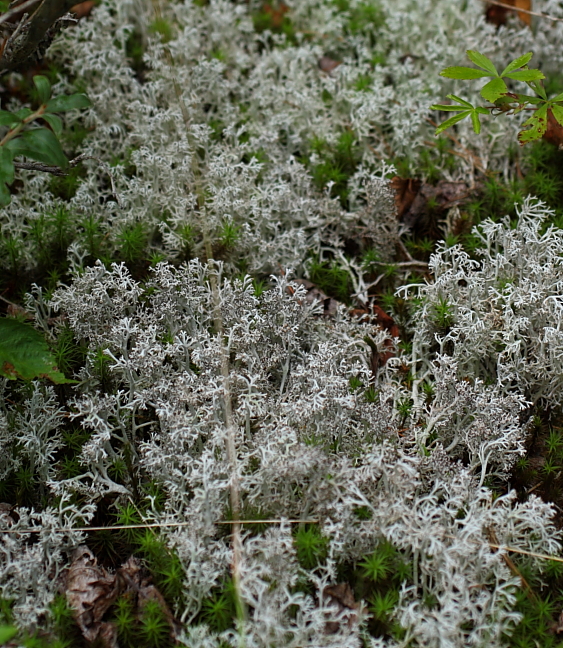was going to post these many pictures after the hinckley reservoir and trip pics, but the orchid club isp servers were down so didn't bother editing to upload.
before I got over to hinckley reservoir the other day and was driving around back back roads, I stopped by what's known as the 'grant fen', which is a nature conservancy holding just east of hinckley reservoir not far from the park/swimming area there and very close to the grant hotel. there are some unusual wildflowers that ken hull would know the names of much better than I, but there are at least eight orchids that can be found from year to year either in the holding or just bordering it. right now bog candles, spiranthes romanzoffiana, club spur orchis and lesser purple fringed orchids can be found in flower there. just west of the boundary is a sandy bank that has some unusual club mosses and things like that, and if you look around you can usually find less than a dozen of the northern slender ladies tresses flowering right about now. earlier in the season you can usually find showy ladyslippers, bog candles and the occasional pink ladyslipper on spots where there is more acidic soil as opposed to the usual wet, calcareous spots.
one of the problems with nature conservancy holdings and others like them, is that there often is no hunting allowed in their boundaries. I don't state this because of a driving need to go out and shoot bambi, but that the neighbors hunt the deer outside the boundaries so they have learned that if they stay inside, they are safe. this of course is a big problem for showy ladyslippers because deer find their buds and flowers to be very tasty. if you happen to see where a flower was torn off from the top of the stem, don't automatically assume that a person has picked the flower off; if the cut is ragged and looks pretty uneven it's from deer teeth. usually people make cleaner cuts to flower stems than do herbivores.
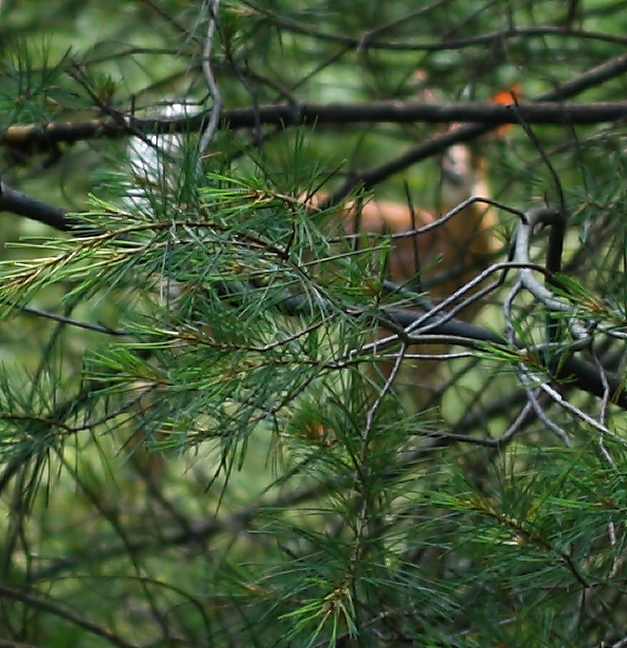
when I first stepped on the bank near the n.c. land, a brightly-spotted deer fawn jumped up and stood sideways looking at me. it was in a prime spot for me to get a picture of it, except for the fact that my camera was inside my camera bag, zipped inside of my backpack. I wasn't carrying my camera outside the pack because of the threat of impending rain showers (which waited until I was almost done taking pics). it didn't go very far, and this pic was the second time I woke it up. unfortunately this time it was behind some heavy brush
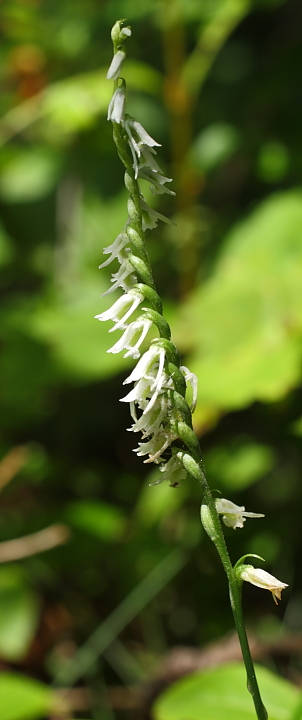
northern slender ladies tresses orchid - can see white crab spider lurking behind the flowers
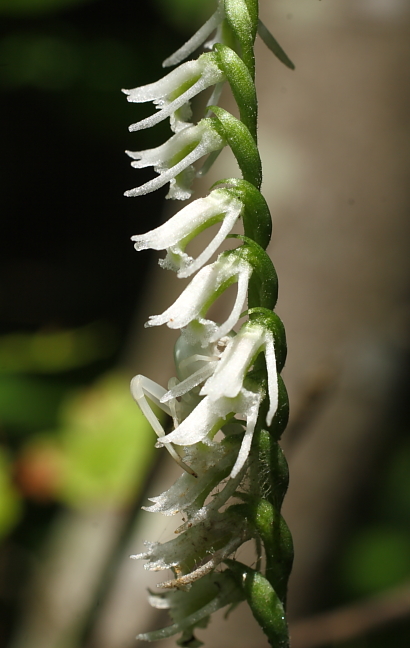
spiranthes lacera var. gracilis (same as above)
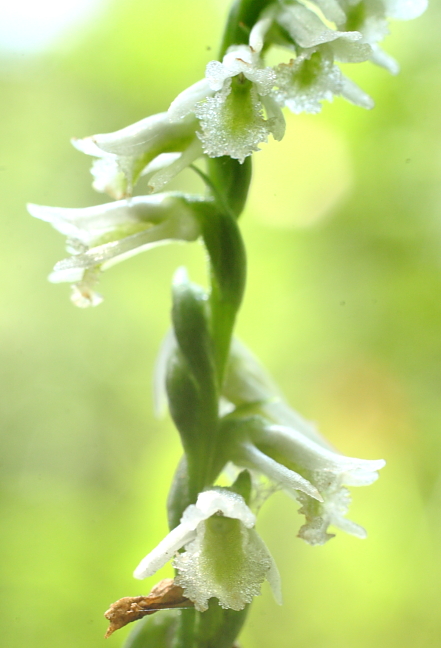
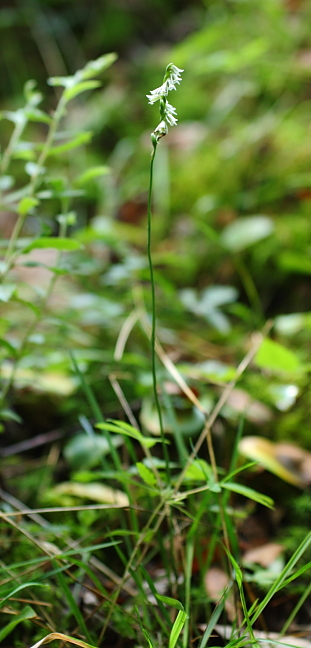
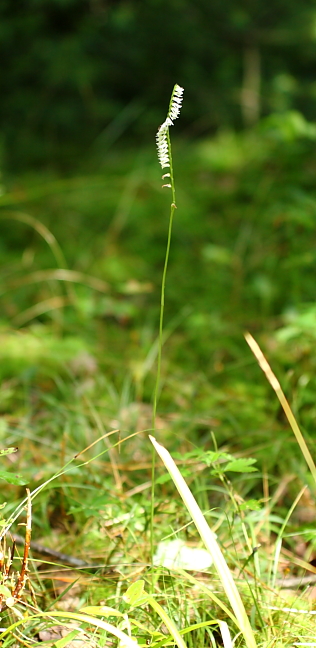

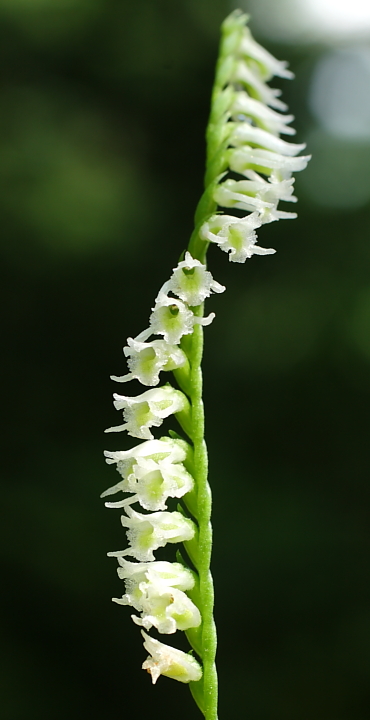


blue bottle gentian
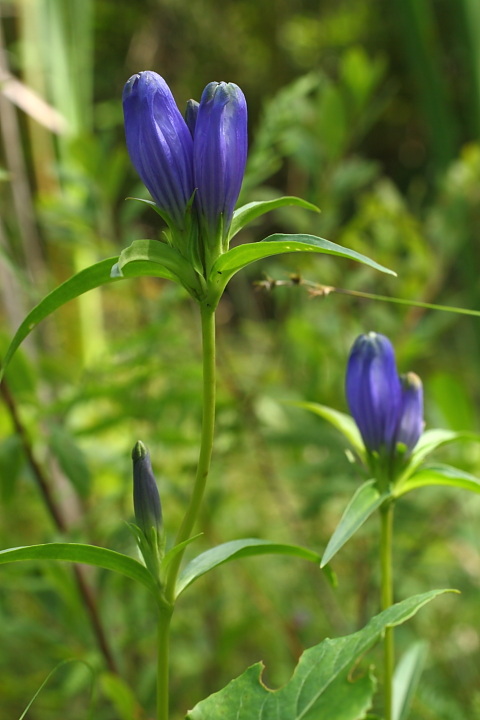
fairly common in calcareous wetlands. if you watch closely, you will see that the flowers are visited by energetic bumblebees! there is an opening at the top that the bees will fight to get inside; you'll then see the flower petals wiggling as the bee is trying to get the pollen or nectar, then the bee will fight it's way out to get to the next flower
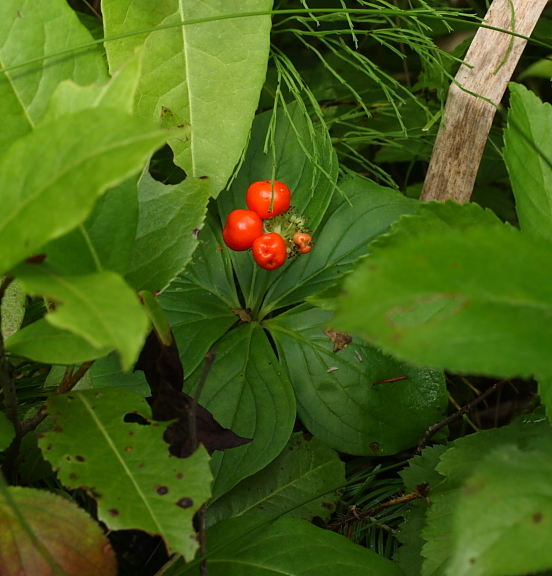
bunchberry or cornus canadensis
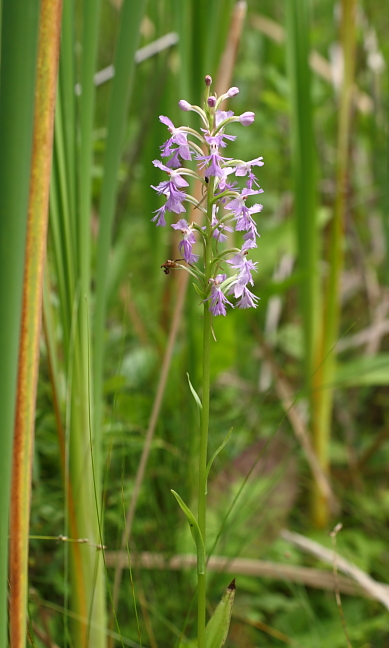
lesser purple fringed orchis
... more pics posted in following replies
before I got over to hinckley reservoir the other day and was driving around back back roads, I stopped by what's known as the 'grant fen', which is a nature conservancy holding just east of hinckley reservoir not far from the park/swimming area there and very close to the grant hotel. there are some unusual wildflowers that ken hull would know the names of much better than I, but there are at least eight orchids that can be found from year to year either in the holding or just bordering it. right now bog candles, spiranthes romanzoffiana, club spur orchis and lesser purple fringed orchids can be found in flower there. just west of the boundary is a sandy bank that has some unusual club mosses and things like that, and if you look around you can usually find less than a dozen of the northern slender ladies tresses flowering right about now. earlier in the season you can usually find showy ladyslippers, bog candles and the occasional pink ladyslipper on spots where there is more acidic soil as opposed to the usual wet, calcareous spots.
one of the problems with nature conservancy holdings and others like them, is that there often is no hunting allowed in their boundaries. I don't state this because of a driving need to go out and shoot bambi, but that the neighbors hunt the deer outside the boundaries so they have learned that if they stay inside, they are safe. this of course is a big problem for showy ladyslippers because deer find their buds and flowers to be very tasty. if you happen to see where a flower was torn off from the top of the stem, don't automatically assume that a person has picked the flower off; if the cut is ragged and looks pretty uneven it's from deer teeth. usually people make cleaner cuts to flower stems than do herbivores.

when I first stepped on the bank near the n.c. land, a brightly-spotted deer fawn jumped up and stood sideways looking at me. it was in a prime spot for me to get a picture of it, except for the fact that my camera was inside my camera bag, zipped inside of my backpack. I wasn't carrying my camera outside the pack because of the threat of impending rain showers (which waited until I was almost done taking pics). it didn't go very far, and this pic was the second time I woke it up. unfortunately this time it was behind some heavy brush

northern slender ladies tresses orchid - can see white crab spider lurking behind the flowers

spiranthes lacera var. gracilis (same as above)







blue bottle gentian

fairly common in calcareous wetlands. if you watch closely, you will see that the flowers are visited by energetic bumblebees! there is an opening at the top that the bees will fight to get inside; you'll then see the flower petals wiggling as the bee is trying to get the pollen or nectar, then the bee will fight it's way out to get to the next flower

bunchberry or cornus canadensis

lesser purple fringed orchis
... more pics posted in following replies




